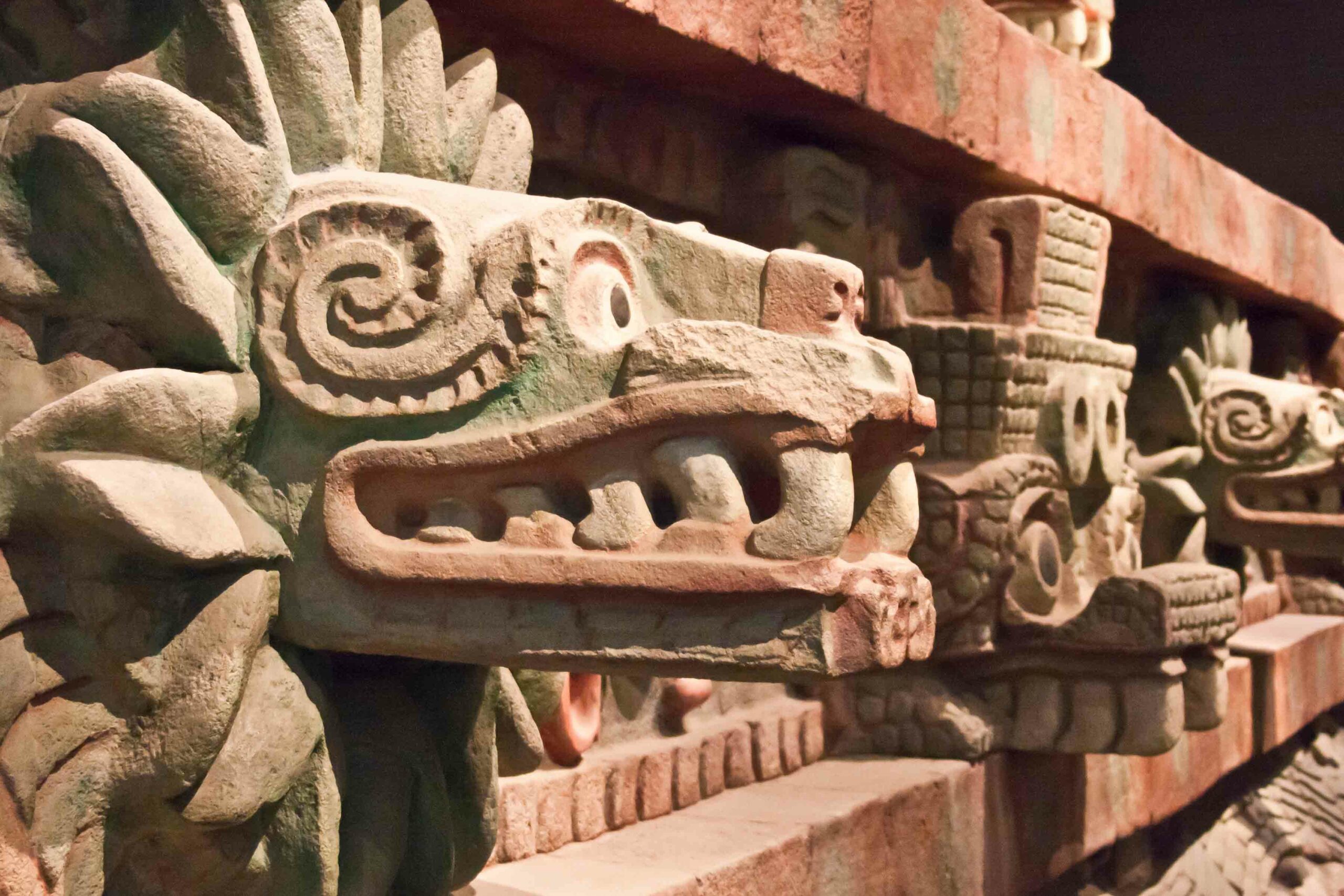Latest News
-
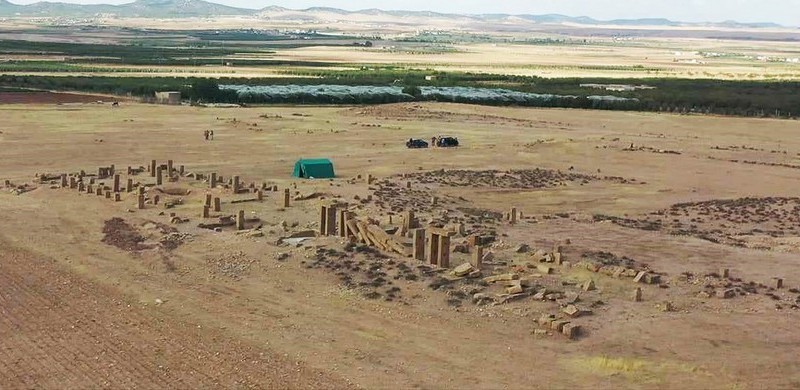 Ca' Foscari University
Ca' Foscari University -
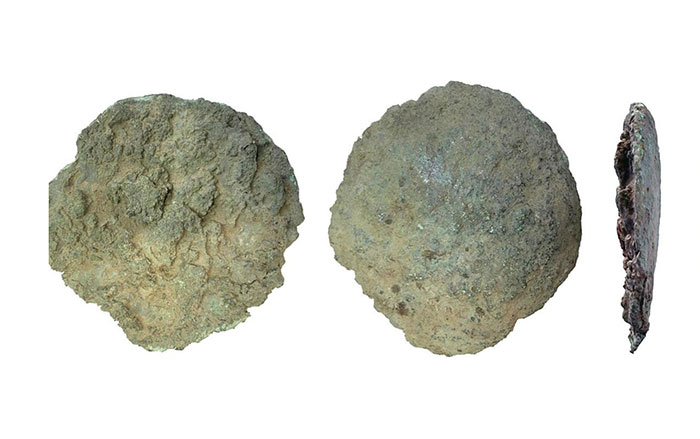 University of Gothenburg
University of Gothenburg -
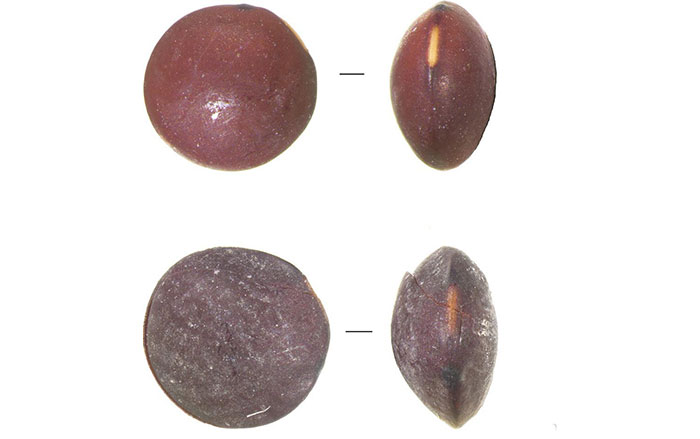 Jacob Morales
Jacob Morales -
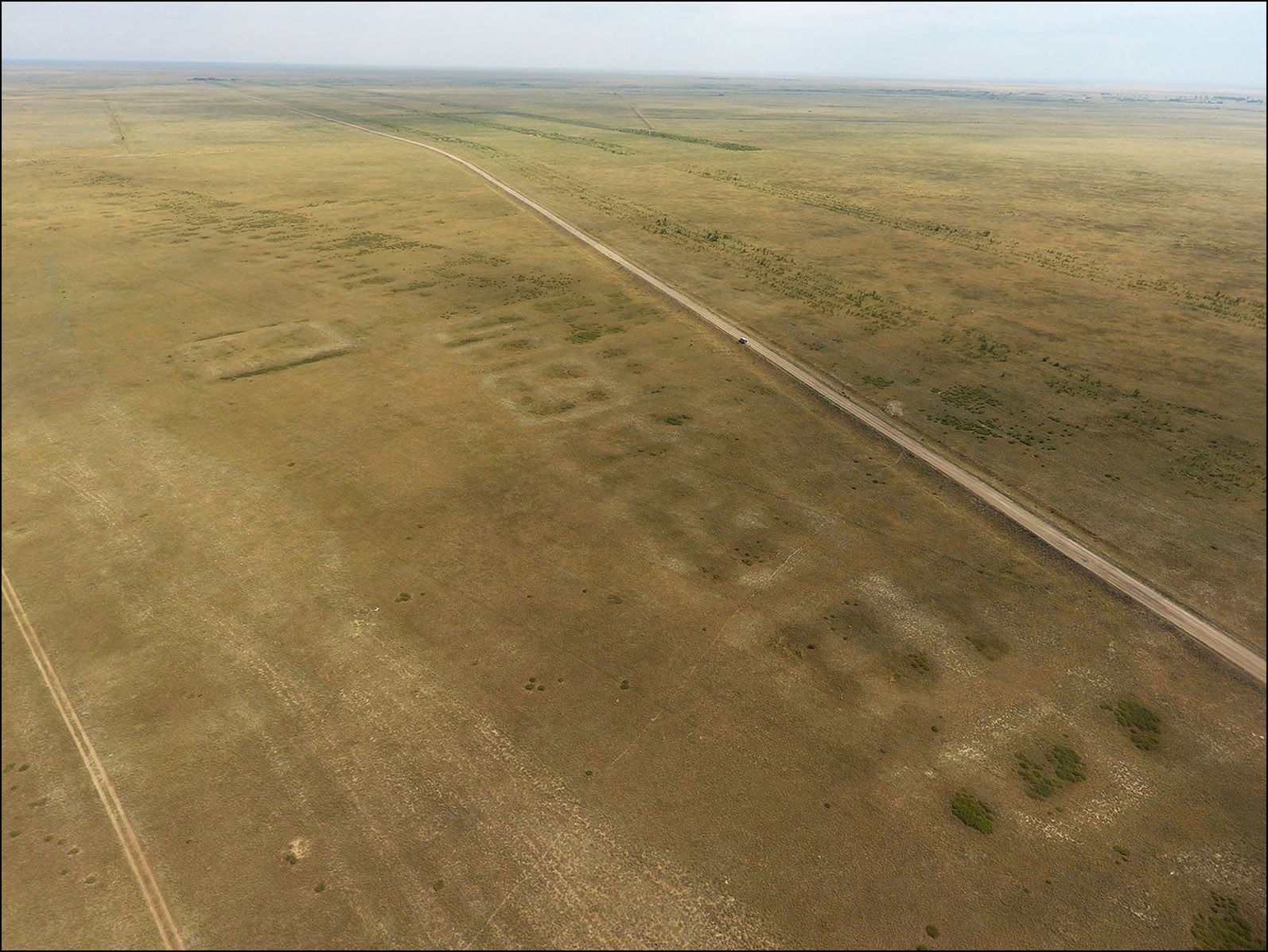 Peter J. Brown
Peter J. Brown
-

-
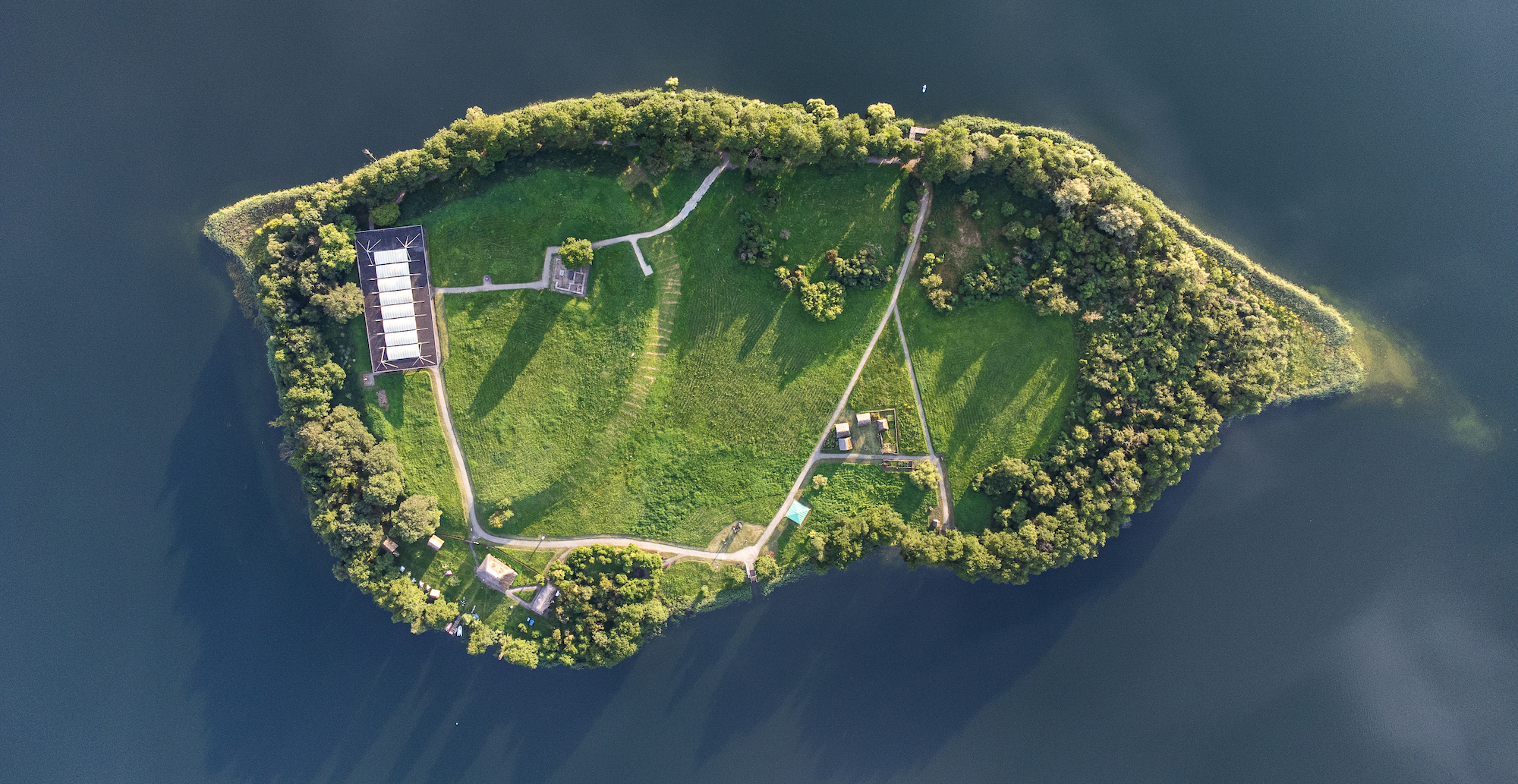 M. Popek
M. Popek
-
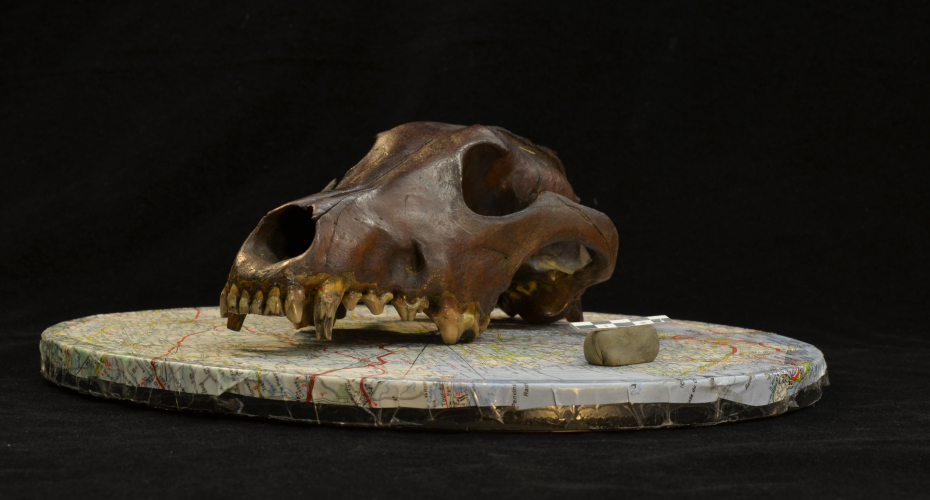 C. Ameen, University of Exeter
C. Ameen, University of Exeter -

-
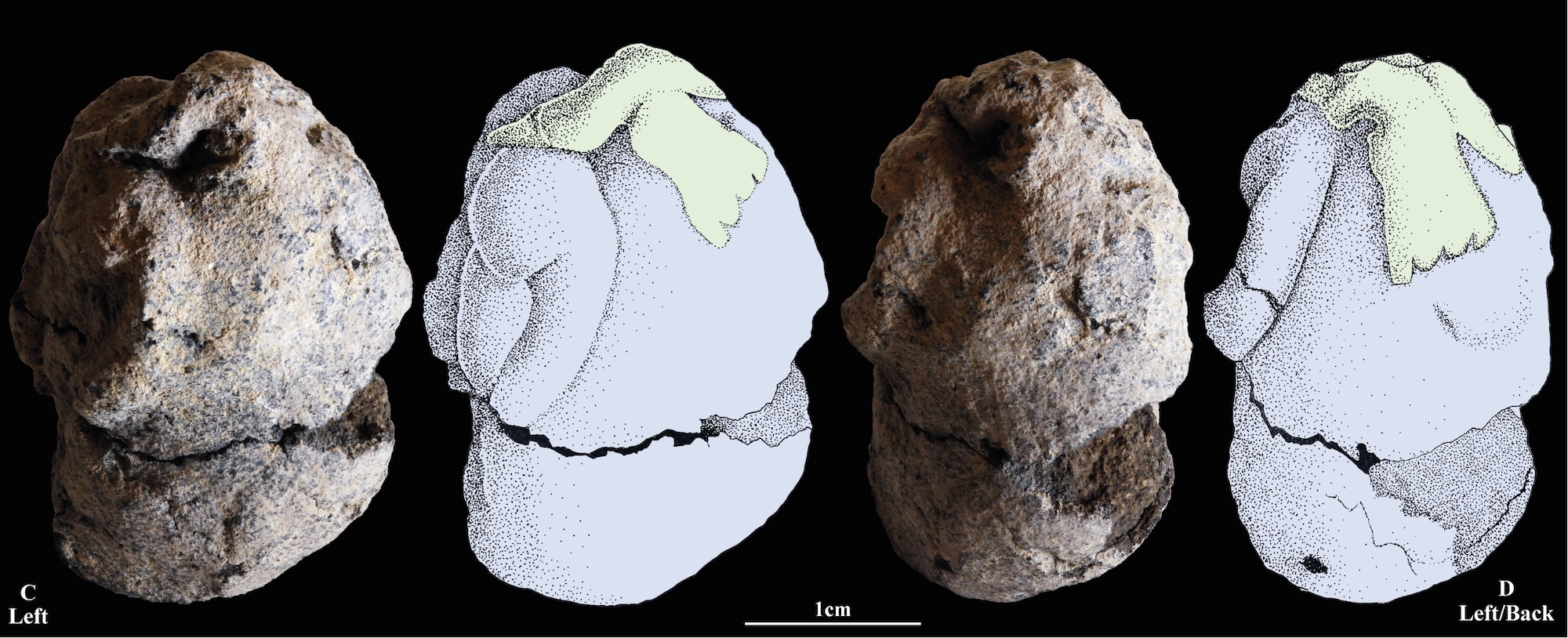 © Laurent Davin
© Laurent Davin -

-

-
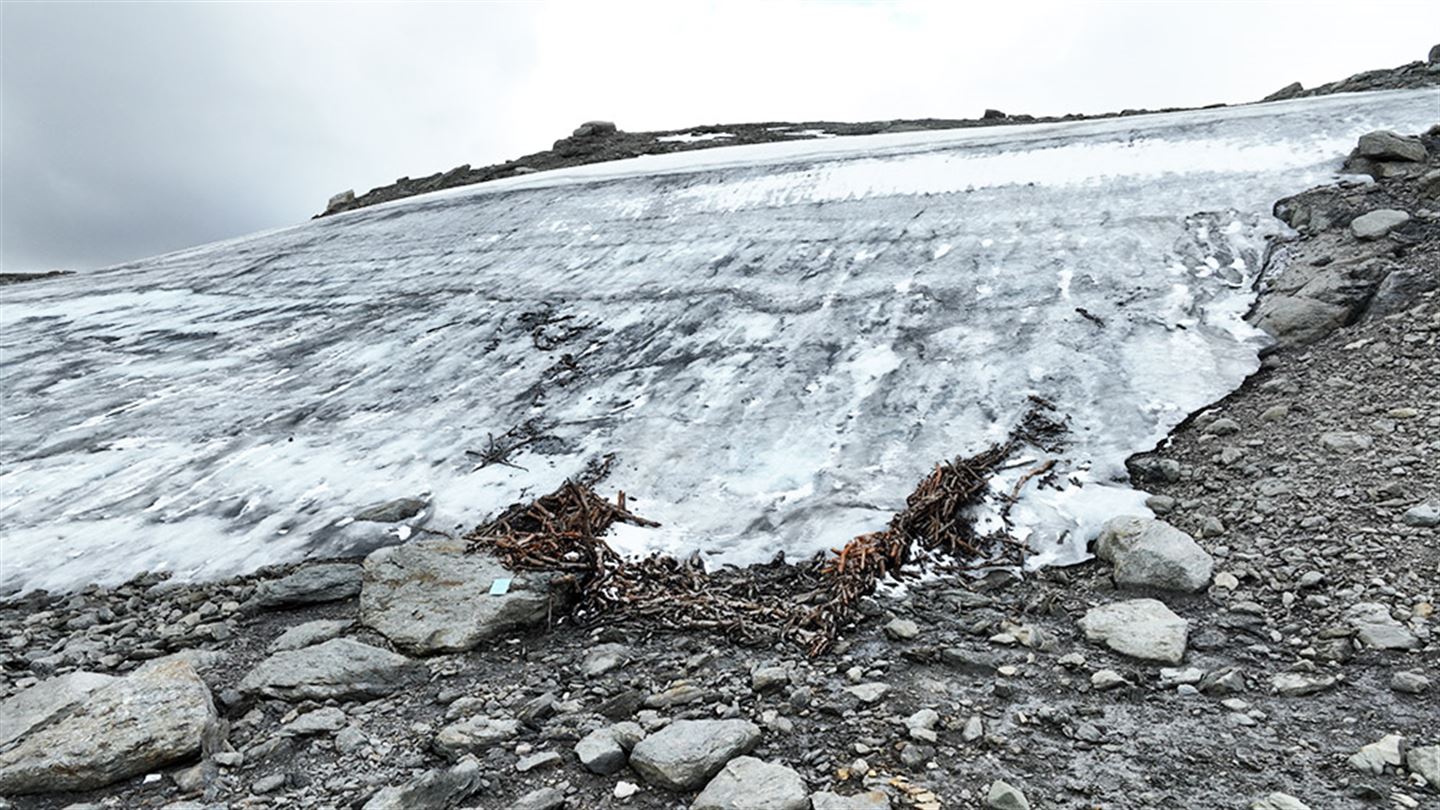 Thomas Bruen Olsen, University Museum of Bergen
Thomas Bruen Olsen, University Museum of Bergen -

-
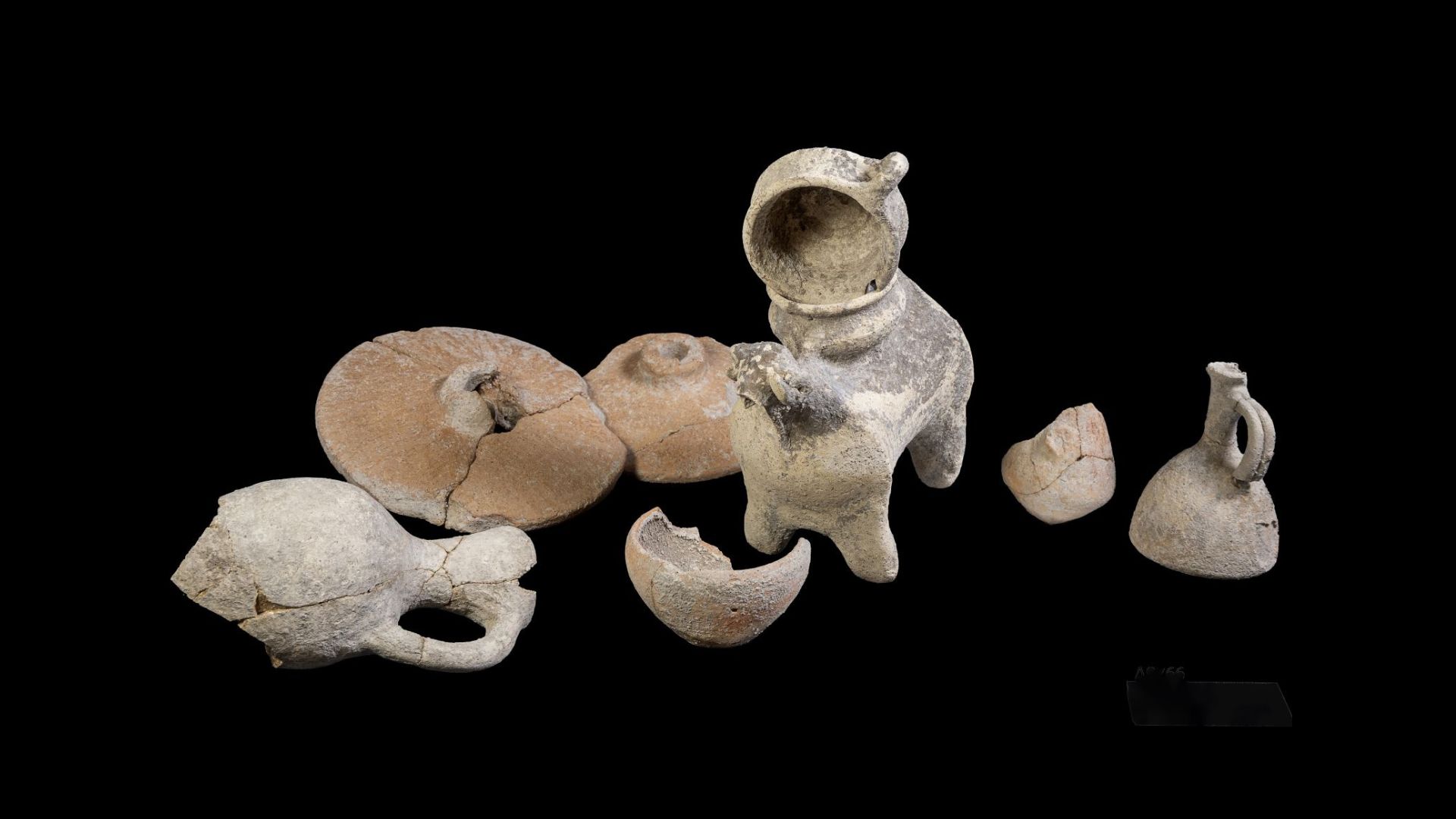 Katerina Katzan, Israel Antiquities Authority
Katerina Katzan, Israel Antiquities Authority -
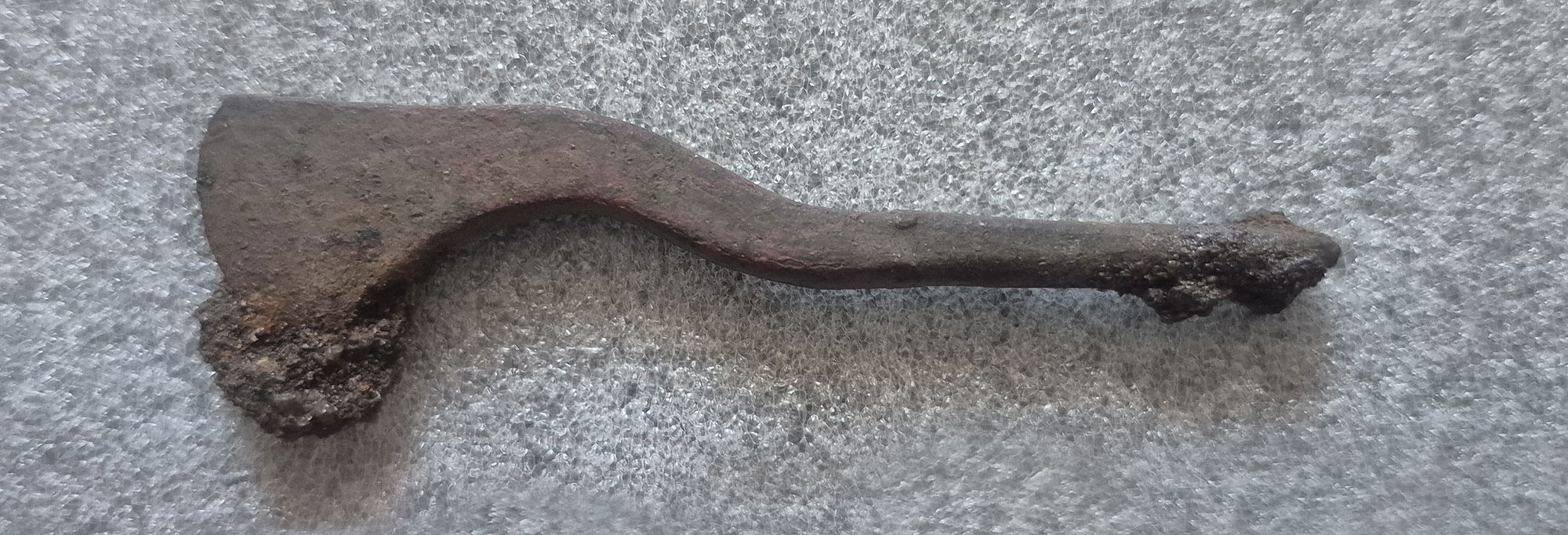 Bartłomiej Kaczyński
Bartłomiej Kaczyński -
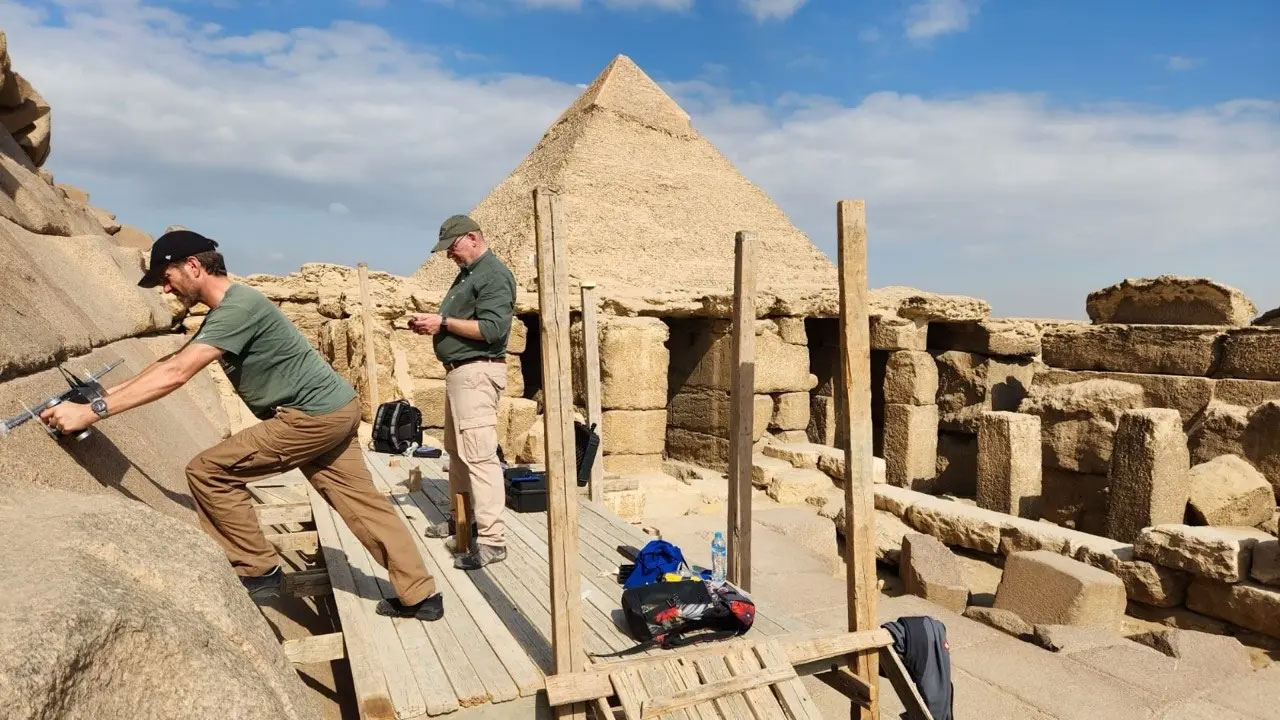 ScanPyramids Project
ScanPyramids Project -
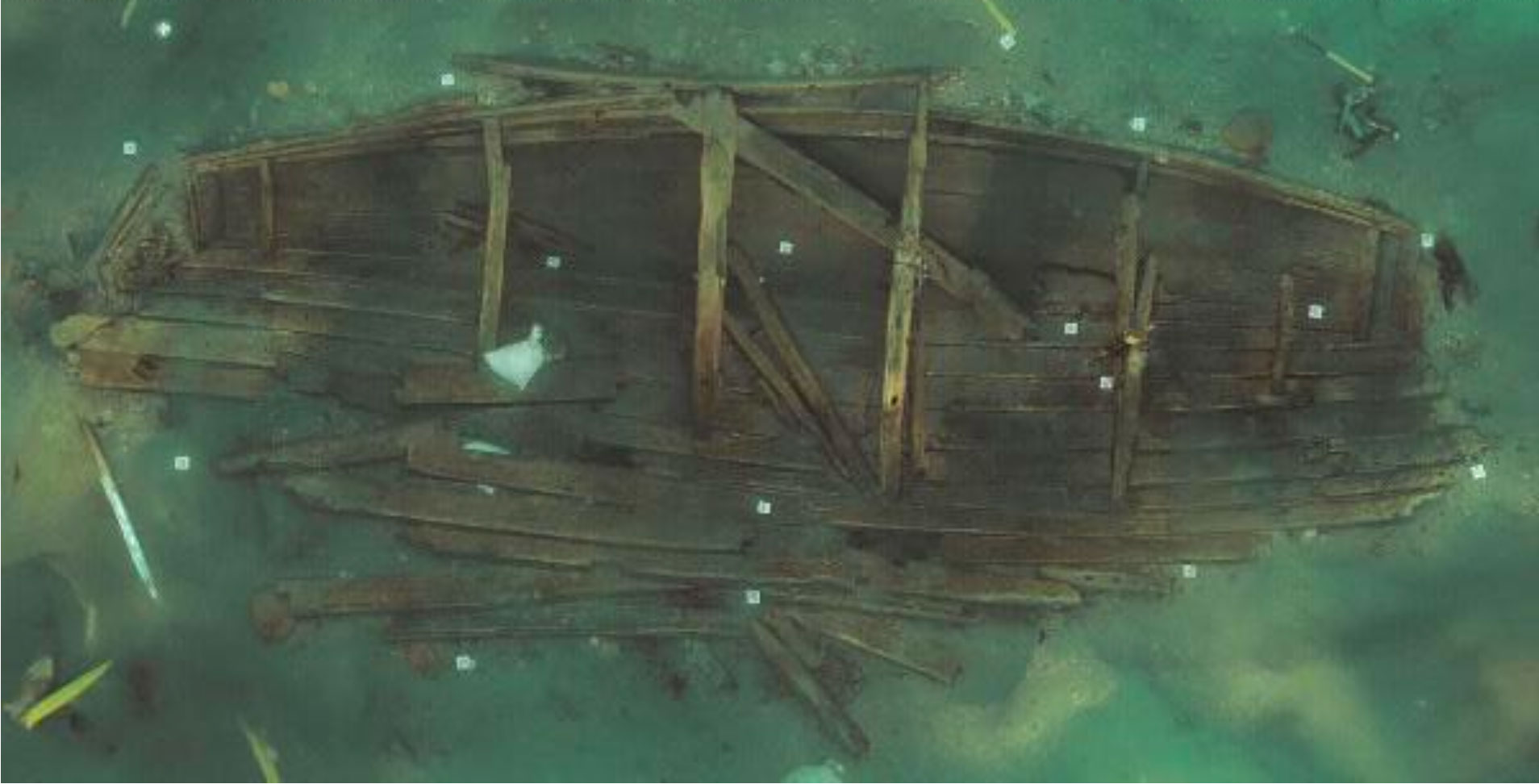 South Korea's National Research Institute of Maritime Cultural Heritage
South Korea's National Research Institute of Maritime Cultural Heritage -

-
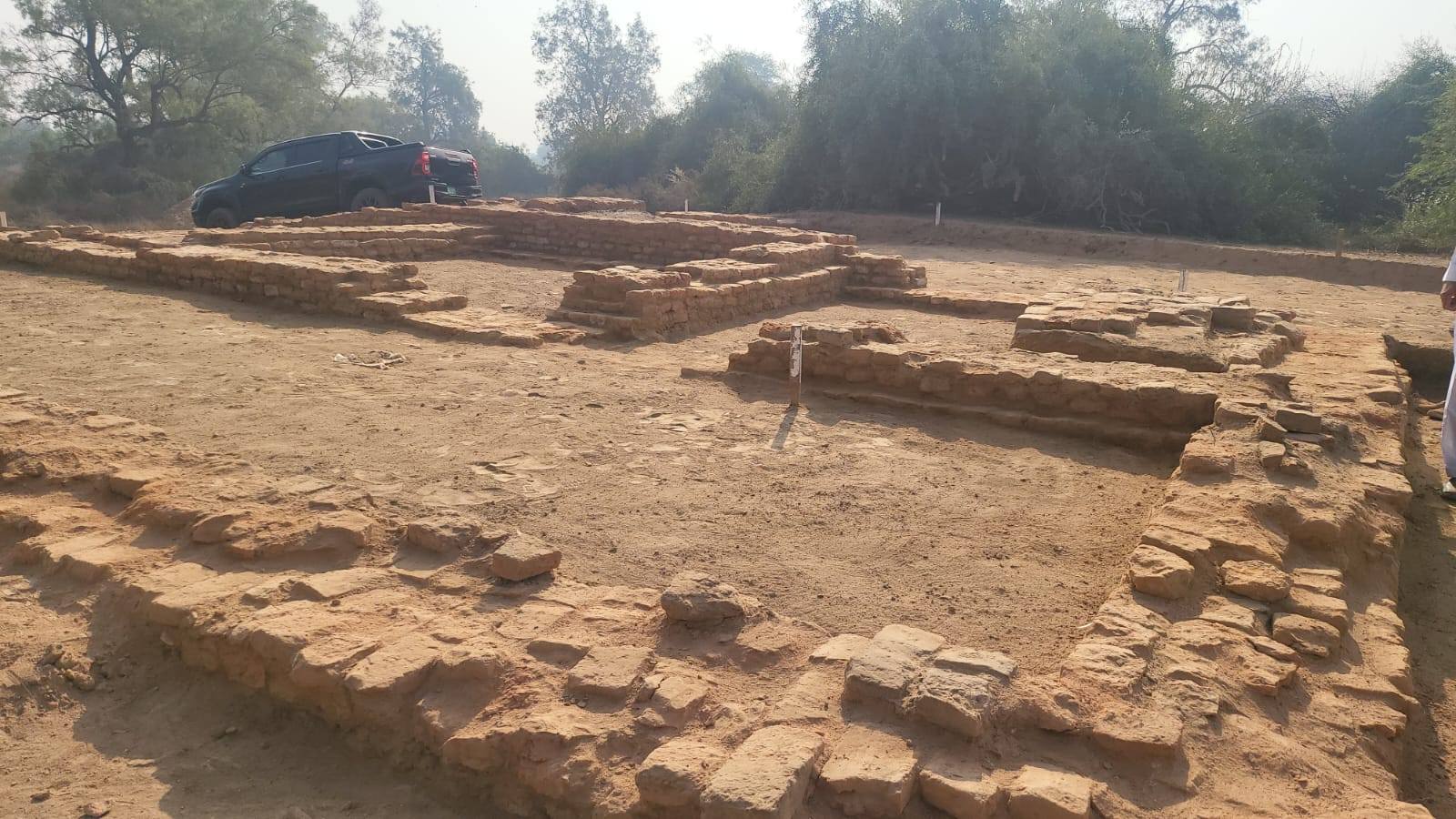 Tourism, Archaeology and Museums Department, Punjab
Tourism, Archaeology and Museums Department, Punjab -

Loading...


